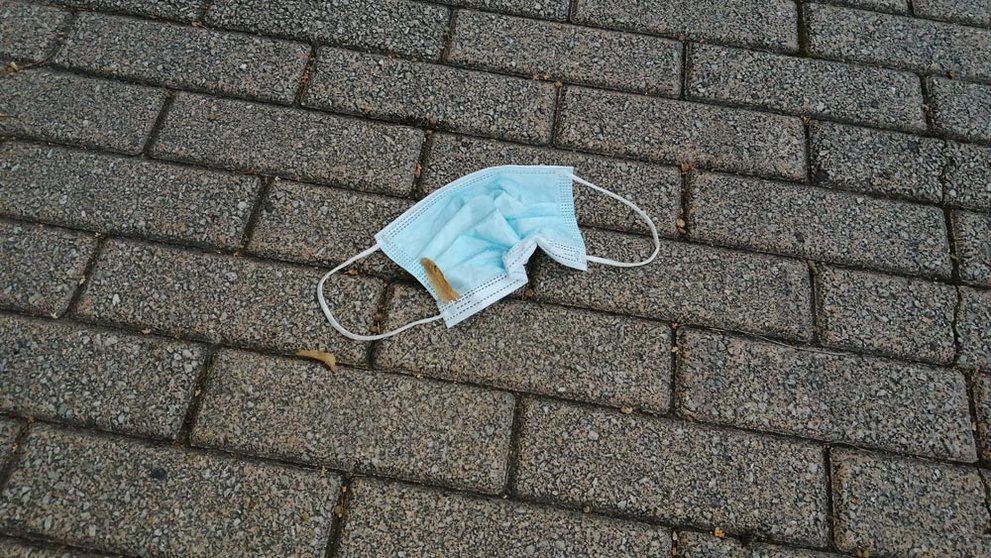The incidence of coronavirus cases in Finland continues to rise, despite authorities insisting that the situation remained "stable over the past three weeks."
To sustain this alleged "stability" the health authorities rely mainly on the number of new infections registered weekly and avoid giving other relevant data:
"During the latest period of assessment (17–23 August), a total of 159 new cases were reported to the communicable diseases register. In the previous week (10–6 August), the number of reported cases was 164," the National Institute for Health and Welfare (THL) and the Ministry of Social Affairs and Health said in a press release.
But unlike before, for the first time the weekly press release omits the joint data on the incidence of new cases in the last two weeks, which are key to calculate, for example, the measures to be taken in relation to travel to other countries.
To find those details, this reporter should look up THL's detailed report, published only in Finnish.
This document explains that over the last two-week period (weeks 33-34, from 10 to 23 August), the incidence of Covid-19 in Finland was 5.9 new cases per 100,000 people. In the two-week preceding period (weeks 31-31, from 27 July to 9 August), the incidence was 4.5 cases per 100,000 inhabitants.
Approaching the limit
The numbers show that the incidence of new cases continues to increase, although the statements try to convey the opposite idea.
The importance of this figure is that Finland has established 8 cases per 100,000 inhabitants in the previous 14 days, or alternatively 10 cases for certain countries, as the maximum limit to allow unrestricted border traffic.
Finland, with almost 6 cases per 100,000 inhabitants, is now approaching its own limit. Especially in Helsinki-Uusimaa, where the vast majority of diagnosed cases are concentrated. Outside the capital area and surroundings, there are entire provinces where the incidence of the virus is minimal.
The government press release omits these details and only says, in very general terms, that "the increase in the number and incidence of cases since early July is most evident in the Helsinki and the Uusimaa region."
Infections and reproduction number
The Ministry of Social Affairs and Health admits infections of both domestic and foreign origin have been reported. Some of the new confirmed cases are related to known chains of transmission and clusters of cases that are being monitored, but the source of all infections is not known.
A number of domestic mass exposures have been identified in the past days, including larger family gatherings and public events. Several incidents of exposure to COVID-19 in day-care centres and schools have also been reported in recent weeks.
Currently, the estimated basic reproduction number (R0) is 1.30–1.40, with a 90% probability interval. This value indicates how much the virus is spreading. A reproduction rate higher than 1 means that, on average, each patient carrying the disease infects more than one person.
The reproduction number has decreased slightly compared to the assessment published a week ago, when it was 1.30-1.50 with a 90% probability interval.
To date, the total number of confirmed cases in Finland is 8,019 (+17 in the past 24 hours). The death toll is 335.
There are 5 patients receiving hospital care due to the Covid-19 disease, 1 of them in intensive care.
It is estimated that 7,200 people (over 90% of all confirmed cases), have recovered from the disease.











